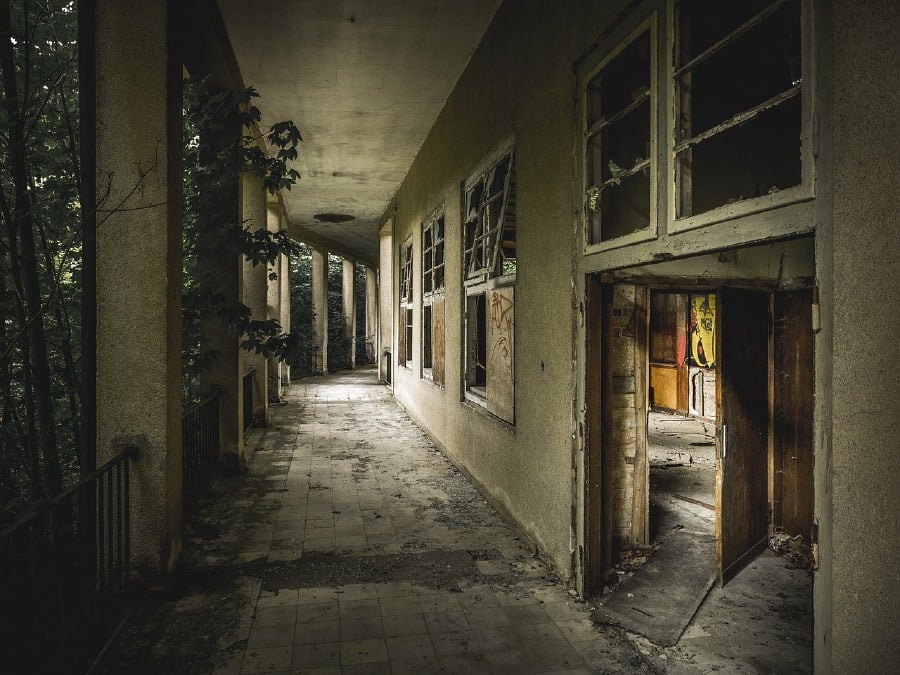By NST Property/Kathy B. - August 22, 2023

KUALA LUMPUR: Housing project abandonment during construction has been a recurrent issue in Malaysia's housing market since the 1980s. This is a serious situation, as it slows real estate investments and overall economic growth.
A clear evidence of this tendency can be seen in the construction industry's diminishing contribution to Malaysia's gross domestic product (GDP), which has dropped from 4.7 per cent in 2019 to 3.4 per cent in 2022.
"There can be no debate that the 'sick' housing issue is a critical national-level threat that must be addressed seriously," said Datuk Shamesh Jeevaretnam, partner of Jeeva Partnership.
Housing developments that have not been completed by the developer within the timeframe specified in the Sale and Purchase Agreement (SPA) and left idle are considered abandoned.
The Local Housing and Development (KPKT) Ministry's special task force dealing with abandoned or "sick" housing projects in the country had identified 141 delayed property projects, 481 sick projects, and 112 abandoned projects as of April 30.
The results were higher than in March, when there were 110 delayed property projects and 435 sick projects. The overall number of projects abandoned remained steady at 112.
On May 29, Deputy Minister Akmal Nasrullah Mohd Nasir said that the number of delayed, sick, and abandoned private housing projects would increase as a result of the movement control order, which halted development projects to combat the spread of COVID-19.
Buyers, subcontractors, and suppliers are the ones who suffer when a developer abandons a project.
While attempts have been made in recent months to remedy the issue, hundreds of thousands of homebuyers are still at risk.
Shamesh said there are a number of measures in place to revitalise the property industry and protect the interests of all players, particularly with regard to 'sick' housing projects.
Firstly, state planning regulations must be strengthened. This can be accomplished by the application of stronger norms, which serve to reduce the risks associated with subpar construction practises while also increasing the market appeal of projects, he said.
Furthermore, assessing developer capacity is critical to ensuring the engagement of professional and dependable developers.
Shamesh said that by implementing these measures, a more controlled environment can be created, resulting in fewer sick projects, the promotion of responsible development practises, and, ultimately, contributing to the growth and stability of both the construction sector and the economy as a whole.
He said the impact of sick projects on developers extends beyond financial losses.
Their reputation suffers, casting doubt on their capacity to complete future projects effectively, he said.
Shamesh said the damaged reputation makes it difficult for developers to establish new collaborations and gain the trust of potential purchasers and investors.
Long-term implications may be devastating to their company's prospects and general viability. Furthermore, investor trust dwindles, resulting in a drop in funding for new projects and collaborations with developers, he said.

What are the legal solutions for those affected by sick projects?
The judicial system, according to Shamesh, provides viable solutions.
Extensions of Time (EOT) give developers a way to avoid being labelled as a "sick" project, he said.
Meanwhile, he suggested that buyers investigate Liquidated Ascertained Damages (LAD) as a means of recourse.
"Developers can opt to apply for an extension of time under Section 12 of the Housing Development Act (HDA). This entails communicating with the Minister, highlighting the difficulties and hardships faced, and seeking an extension of the time frame for delivering vacant possession to purchasers, as provided for in Section 12 of the HDA," he said.
He said another potential alternative is to engage in mutual agreements with customers to agree on a new completion date.
According to him, in this case, purchasers agree to waive their claims for liquidated, determined damages in light of the revised completion timetable.
Shamesh said that by obtaining such agreements, developers can adopt a more collaborative and flexible approach, seeking to meet their duties while reducing the financial pressures imposed on customers.
"When it comes to seeking legal recourse for the effects of sick housing projects, the legal system has gone to substantial lengths to protect buyers. Countdowns for completion begin from the date of deposit payment or the sale and purchase agreement, whichever is earlier, and the precedent is that even circumstances arising outside of the control of the developer would not suffice to justify delays," he said.
He said that this, combined with the allocation to claim LAD for project delays, means that buyers do have a viable avenue for recourse.
"Yet the issue of 'sick' housing projects not only persists but continues to rise. So the question must be asked...what more must be done?"
No comments:
Post a Comment